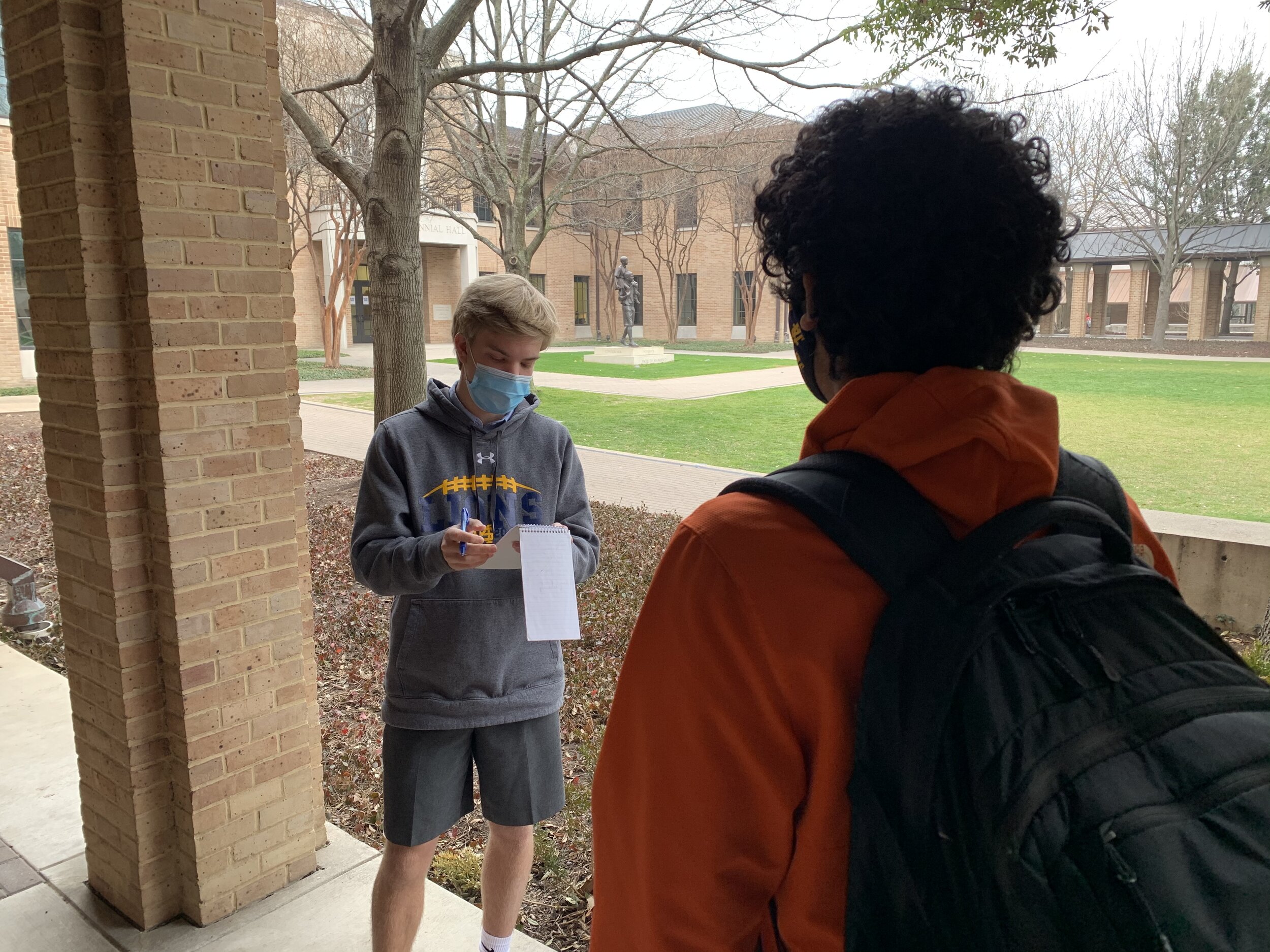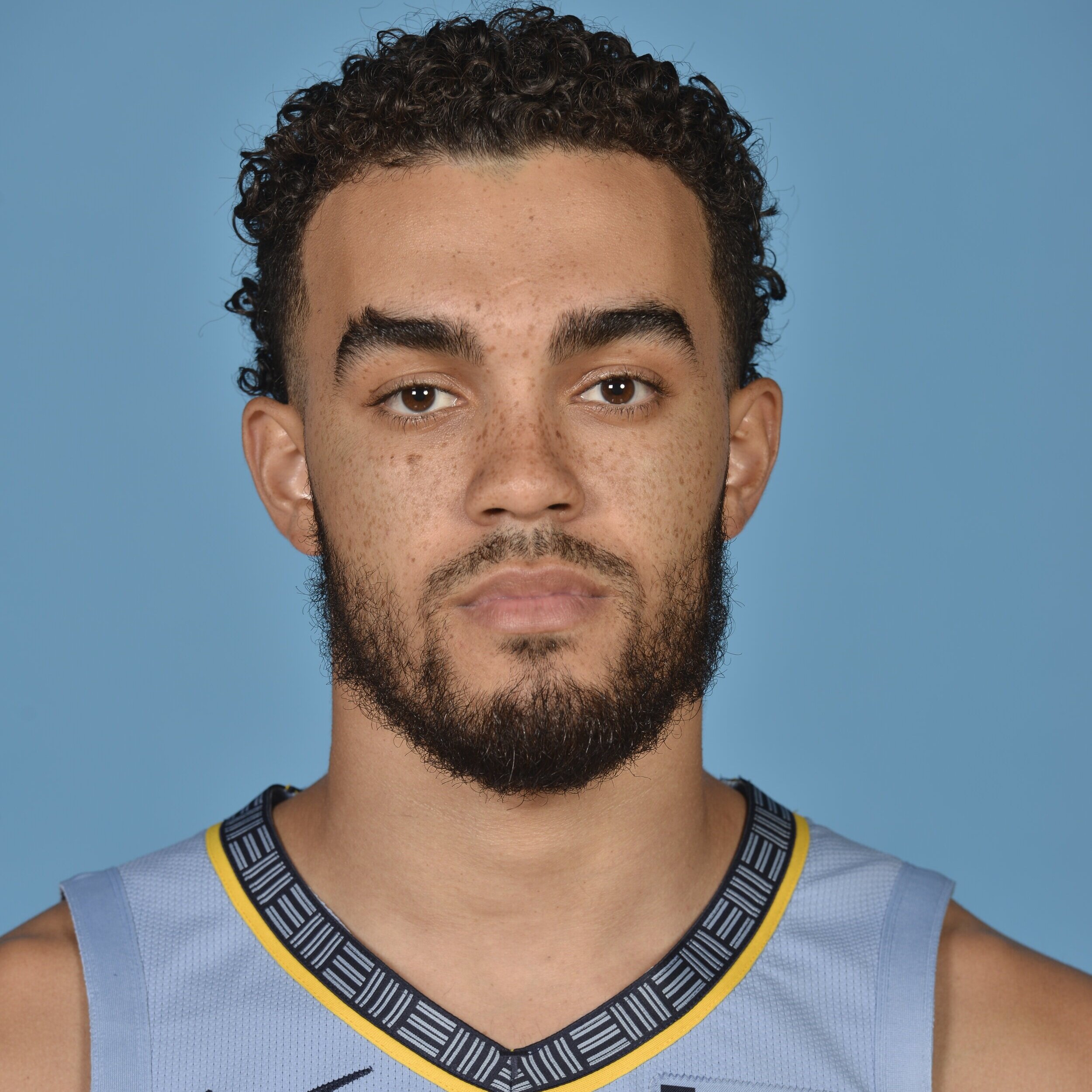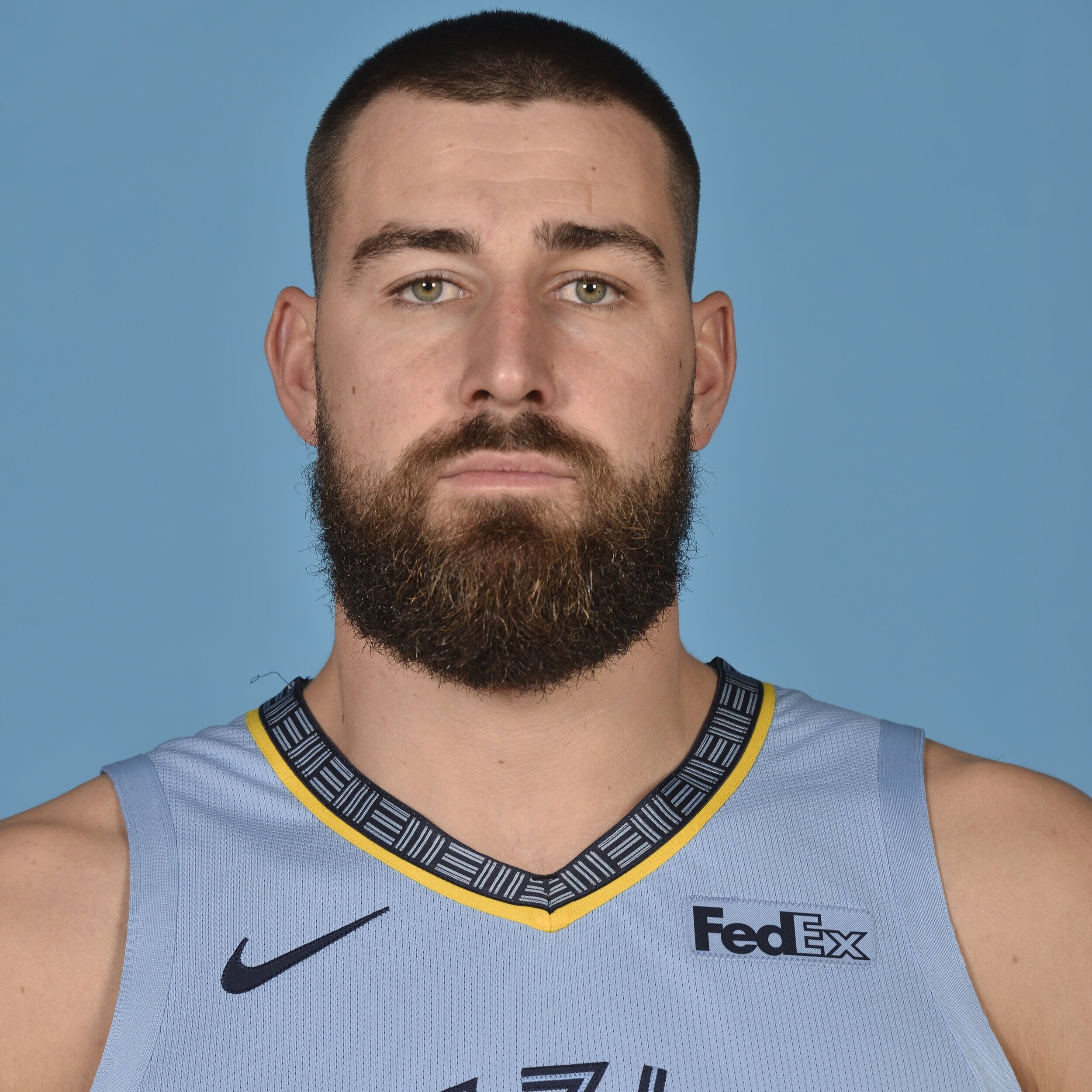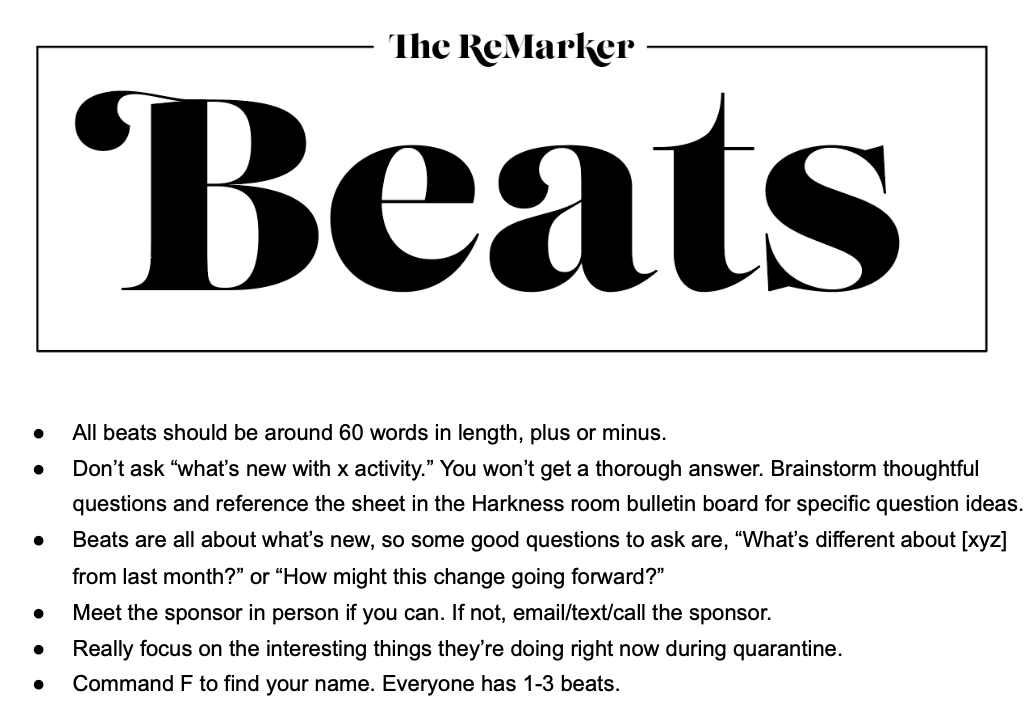
News Gathering
News Gathering
Every step of the news cycle, from writing to designing, ultimately relies on the first and arguably most pivotal step – news gathering. Both the volume and quality of news collected directly correlate to the merit of the final, published product. Even the best writing and designing can’t compensate for lackluster starting material, which makes story generation, sourcing, and interviewing vital to any publication’s success.
Beat System
To keep up with everything taking place on campus, ReMarker staff members each have 2-3 sources they check in with regularly. These repeat sources are also known as beats. With 64 different beats ranging from the headmaster and alumni association to ceramics and choir, the beat system ensures that we don’t miss the hard-to-find stories our community needs to hear.
Pitch Day
At the beginning of each cycle, simultaneous with beat collection, staff members brainstorm story ideas and bring them to class for a predetermined “pitch day.” To ensure a variety of pitches, I ask each staff member to bring in a minimum of three pitches, each one belonging to a particular category. First are the issue-driven pitches which take an off-campus issue and localize it to the St. Mark’s community. Second are the personality pitches which profile some particularly significant or notable aspect of a person in our community. And third are the primary pitches which delve into any of three or four topics I select beforehand. These topics are usually the most popular, talked about, and timely, and I separate them into their own category because they’re important, but I don’t want everyone pitching the exact same three or four stories.
At our pitch days, gathered around an oval table and all facing each other (individual desks during COVID-19), we offer up our pitches, talking about them as a group as we go. Often, one person’s idea will spark an idea in someone else, and we build up until we have a thorough list of story possibilities to choose from.
Some of my pitches from our most recent pitch day
Issue-driven Examine the mass migration of Californians to Texas (Elon Musk to Austin), what this means job-wise & economically, talk to Barretts who moved from California two years ago
Personality Sam Ahmed ’20 at Georgetown, talk about his experience in D.C. during the Capitol riots
Primary topics COVID-19, Election aftermath, Black history month, Remote learning
Click below for last cycle’s pitch notes from our three classes
Story Slotting
After all the pitches are gathered together, section editors review them and select the ones that make sense for their section. They add them to a group “slotting doc,” writing a brief description of the story, suggesting possible sources, and assigning writers. Then, two days before stories are officially assigned, we gather together for a slotting meeting to make sure we are all in on alignment on the story slate and to eliminate any overlap between sections.
Click here to see the last cycle’s slotting doc
When I was an Issues Editor, my co-editor and I would take our story slate after that slotting meeting and expand on it even more, writing in-depth descriptions of our vision for each story, so our writers would understand the specific angles of their stories better.
Click here to see an expanded slotting doc from my time as an issue editor
This year, as Editor-in-Chief, one of my main jobs, beyond choosing cover stories, has been to make sure everyone’s involved and no one’s overworked. Sometimes it can be easy for a section editor to forget about a rookie or assign someone a lot of work when he’s already busy for another section. I have to keep an eye on how the different sections interact with each other in the story slotting process.
Sourcing
When deciding who to talk to for a particular story, I always try to find a wide variety of viewpoints, expertise on whatever subject I’m writing about, and more sources than I need. Especially when I need a source from off-campus, I reach out to multiple people far in advance to increase my chances of getting a response. I also recognize that power of The ReMarker lies in its ability to provide unique content that the Dallas Morning News and New York Times can’t, which, in most cases, means sources from within the St. Mark’s community work best, with outside sources sprinkled in.
Interviewing
Before I begin the interviewing process for any story, I make sure to research any and all information relevant to the story. This new knowledge, even if it never gets used in the story, at least gives me a baseline from which to formulate intelligent questions, questions that dig deeper, understand feelings, emotions, and sophisticated concepts rather than just stats that can be googled.
I do like to start interviews with a few easy questions though, yes-or-no questions that allow whoever I’m interviewing to warm up and get comfortable. Then, as the tougher questions come up, I make sure to take notes not of what is being said but of physical reactions and visible emotions. These minor details can elevate almost any story. I also record all my interviews, with my sources permission of course.
At the end of each interview, I always ask one final question: “Is there anything I haven’t asked you about that you’d like to share with me?” I find that this little trick often provokes some of the most meaningful material and sometimes reveals something I never would have thought to ask.
After the interview, once I’ve begun writing and maybe finished a rough draft, I sometime circle back with follow up questions to fill in the details I’m missing.

“We’ve got a tight relationship on and off the court. The first week after signing us, he reached out to everyone, had a meal with us, talked with us. He rides for us every day and he’s pretty cool to be around.” -forward Kyle Anderson

“He’s like a coach and a brother to me. He’s in¬spiring. He’s always got our back like we got his, and he’s preaching the right things. I feel like he’s one of us and has the same mindset as us to go out and compete and be unselfish.” -point guard Ja Morant

“Me and him have a different relationship. We had so many conversations to under¬stand each other that made me have faith and him have faith in me and we opened that connection. I can get emotional and get out of wack but he some¬how finds a way to reel me back in and play basketball the right way.” -guard Dillon Brooks

“I’d say it starts with having him as my coach in the Summer League just getting that first feel with him as a coach. He’s just a really awesome player’s coach and he’s also young too so I feel that he fits our team really well.” -forward Brandon Clarke

“This is his first time at the job and he’s been learning and growing on the fly all year. He knows how to control the room. When he speaks, we all listen. We follow his lead. He’s an easy coach to go out there and want to play for.” -point guard Tyus Jones

“He’s always thinking ahead is always ana¬lyzing and reanalyzing stuff to put us in the best possible position to win each game. We hold our standards high, so when we match those standards or succeed those stan¬dards, we tend to win games.” -guard De’Anthony Melton

“He frees all the players, he expands each individual role so we can be the best versions of ourselves. That’s what I like about him, letting players be themselves. He knows the players. He’s not trying to make players do what they are not supposed to be doing.” -center Jonas Valanciunas





